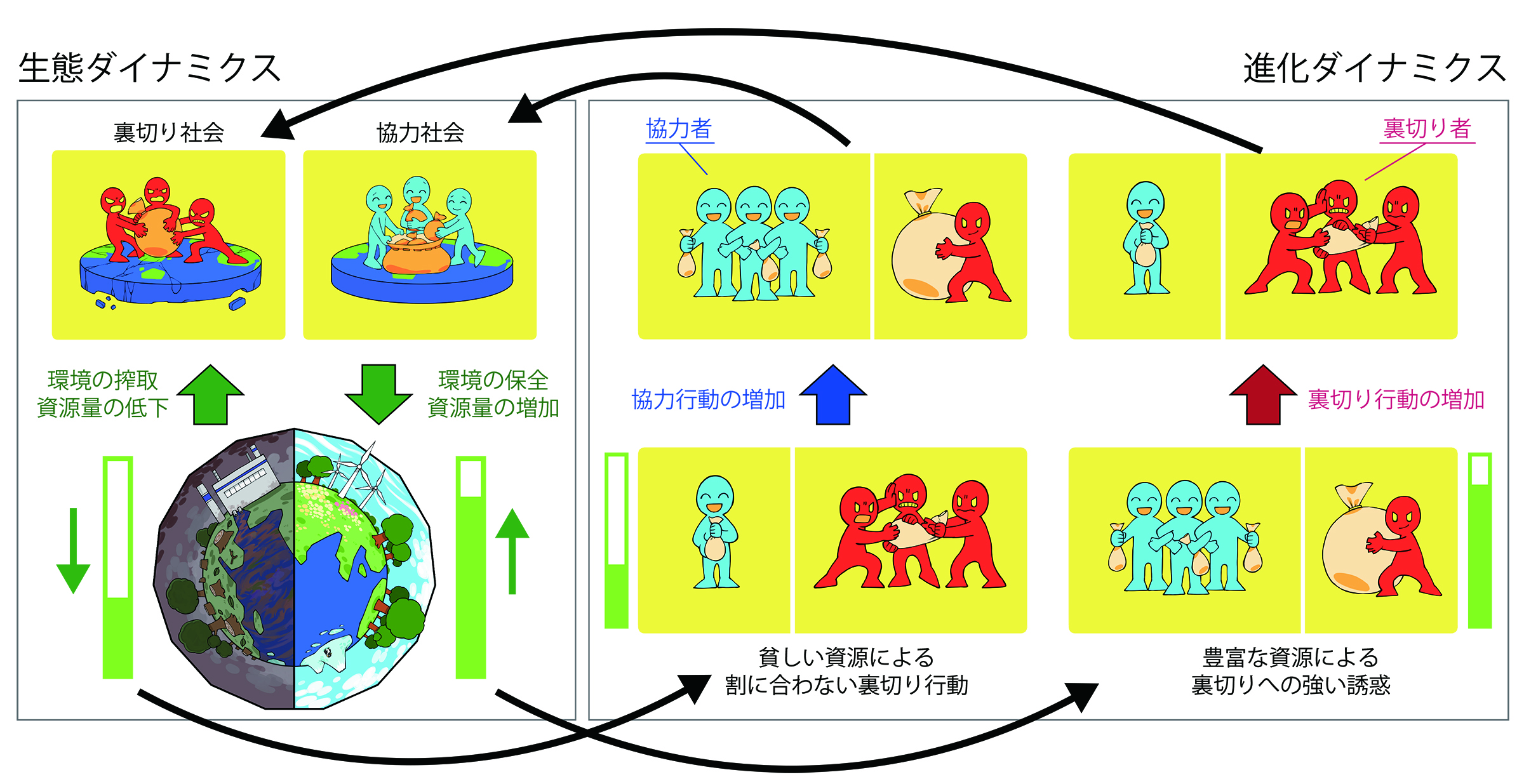2024-11-04 アリゾナ大学

The corn earworm, also known as cotton bollworm or Helicoverpa zea, has shown an ability to quickly evolve resistance in the field to genetically engineered crops. University of Arizona researchers in the College of Agriculture, Life and Environmental Sciences are studying a unique genetic factor that helps one of the U.S.’s major crop pests resist transgenic crops.
<関連情報>
- https://news.arizona.edu/news/not-usual-suspects-novel-genetic-basis-pest-resistance-biotech-crops
- https://www.pnas.org/doi/10.1073/pnas.2416091121
Helicoverpa zeaにおける遺伝子組換えBt作物に対する抵抗性の実験室産生と野外発生との不一致 Mismatch between lab-generated and field-evolved resistance to transgenic Bt crops in Helicoverpa zea
Andrew W. Legan, Carson W. Allan, Zoe N. Jensen, +8, and Bruce E. Tabashnik
Proceedings of the National Academy of Sciences Published: November 6, 2024
DOI: https://doi.org/10.1073/pnas.2416091121
Significance
Crops genetically engineered to produce insect-killing proteins from the bacterium Bacillus thuringiensis (Bt) control some major pests and reduce use of insecticide sprays. However, evolution of resistance to Bt crops has decreased these benefits. Understanding of the genetic basis of resistance is needed to improve the ability to detect and counter pest resistance. We found that field-evolved resistance to Bt crops of the corn earworm, one of the most damaging crop pests in the United States, was not associated with mutations in 20 genes previously implicated in Bt resistance. Resistance was generally, but not always, associated with increased copies of a cluster of genes encoding trypsin proteins. This knowledge may facilitate better monitoring and management of pest resistance.
Abstract
Transgenic crops producing crystalline (Cry) proteins from the bacterium Bacillus thuringiensis (Bt) have been used extensively to control some major crop pests. However, many populations of the noctuid moth Helicoverpa zea, one of the most important crop pests in the United States, have evolved practical resistance to several Cry proteins including Cry1Ac. Although mutations in single genes that confer resistance to Cry proteins have been identified in lab-selected and gene-edited strains of H. zea and other lepidopteran pests, the genetic basis of field-evolved resistance to Cry proteins in H. zea has remained elusive. We used a genomic approach to analyze the genetic basis of field-evolved resistance to Cry1Ac in 937 H. zea derived from 17 sites in seven states of the southern United States. We found evidence for extensive gene flow among all populations studied. Field-evolved resistance was not associated with mutations in 20 single candidate genes previously implicated in resistance or susceptibility to Cry proteins in H. zea or other lepidopterans. Instead, resistance in field samples was associated with increased copy number of a cluster of nine trypsin genes. However, trypsin gene amplification occurred in a susceptible sample and not in all resistant samples, implying that this amplification does not always confer resistance and mutations in other genes also contribute to field-evolved resistance to Cry1Ac in H. zea. The mismatch between lab-generated and field-evolved resistance in H. zea is unlike other cases of Bt resistance and reflects challenges for managing this pest.



